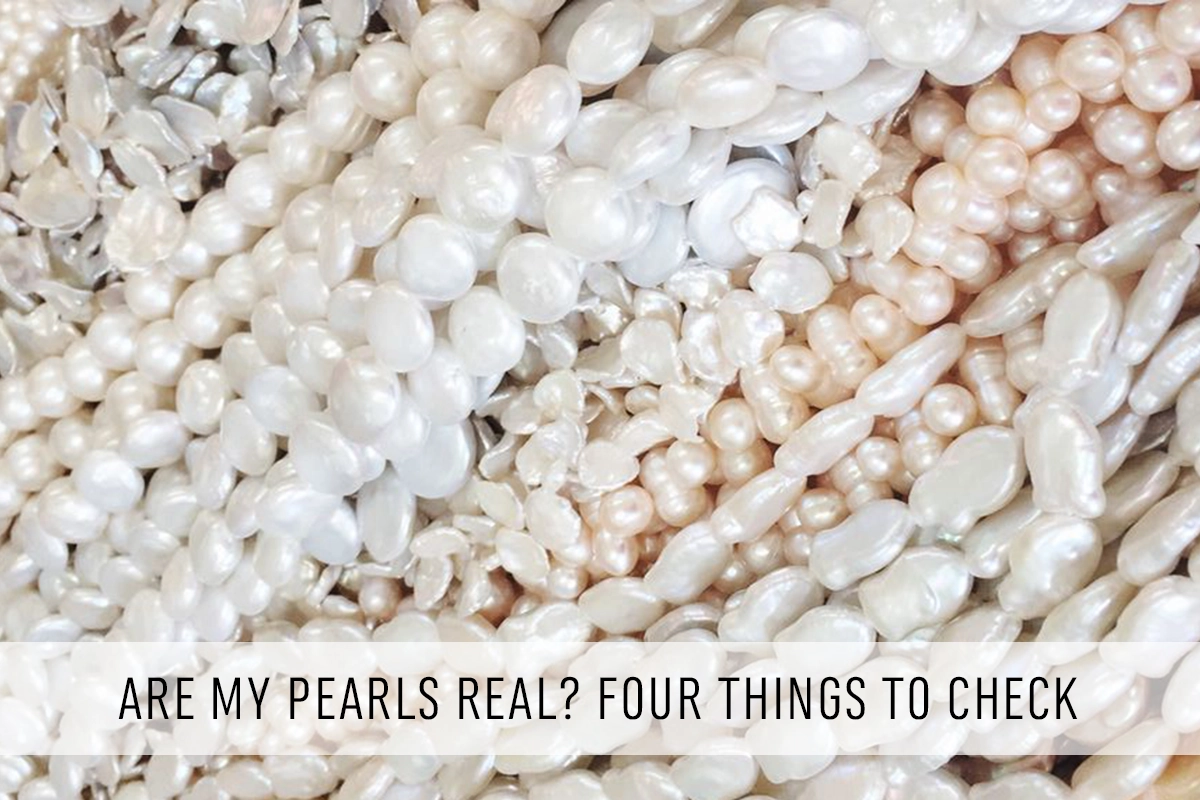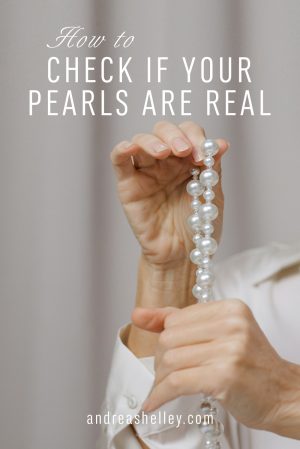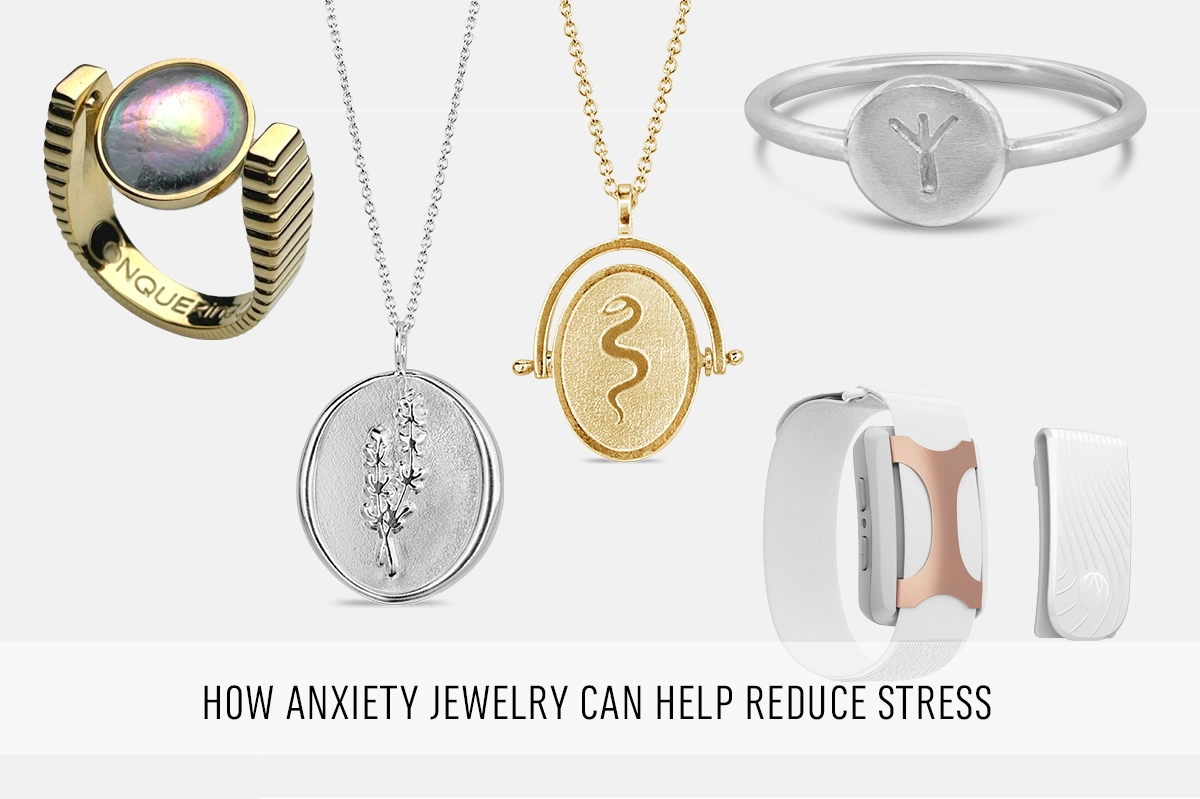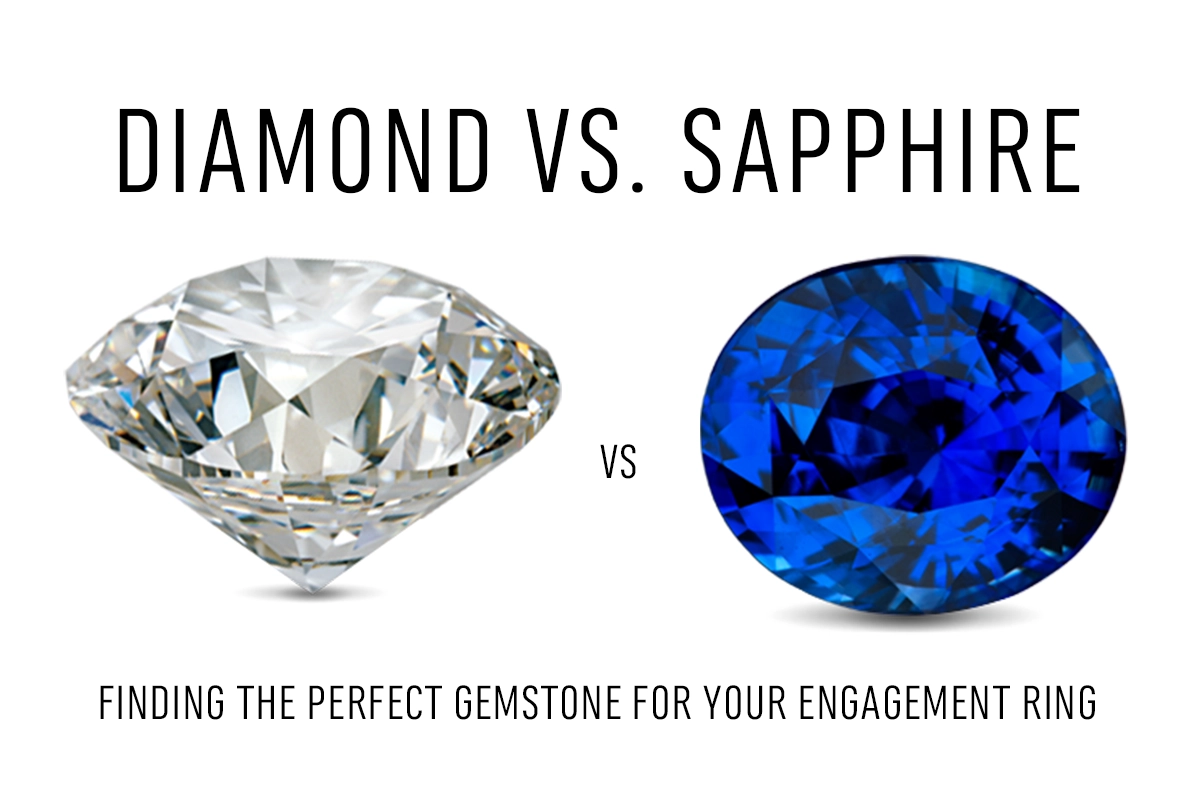
How do you know if you’ve got real pearls?
As fake pearls become more and more convincing, it’s becoming increasingly difficult to recognize and identify the real deal. If you’re looking at buying some pearls or you’ve found an old strand in a jewelry box, try these tips.
First, if you’re about to purchase, ask the seller! They should be able to tell you exactly what type of pearls they have (freshwater vs. saltwater, cultured vs. not). If the information is spotty or the dealer seems sketchy, walk away.
But, in a situation where you already have the pearls and want to do a quick test, follow the guidelines below.
How to check if your pearls are real
1: Uniformity
A strand of fake pearls will be identical from one to the next. Each one will be perfectly round and the hole will be drilled directly at centre. Since real pearls aren’t man-made (whether they’re cultured or not), they’ll vary slightly from one to another.
While higher-quality pearls will have less variation, if you really look closely, you should be able to see differences, especially around the drill holes.
2: Weight
Fake pearls are usually hollow or formed around a plastic base. Real pearls will feel heavier when you pick them up.
3. Temperature
When not being worn, real pearls will feel slightly colder than the surrounding temperature.
4. Texture
Last but not least, real pearls are not perfectly smooth. They have a surface texture that you should be able to see with a magnifying glass. If you rub a real pearl against the front of your tooth, it should feel gritty, not silky.
A final note
The pearl identifying tips above are guidelines, not rules. As I mentioned above, fake pearls are getting better and better. Fake pearls with glass cores are heavier and may also feel cold. Fake pearls are now even being made with slight flaws and texture!
Now, you may be wondering, “if they’re that convincing, who cares?” Well, honestly if you don’t care then it doesn’t matter. But I’m always a believer that you should make informed buying choices – whether or not you decide to go fake.
Pearl vinegar test
As a last resort, you could try the vinegar test. If you only have one pearl, I wouldn’t recommend this as the test will damage the pearl. However, if you have a full strand, you might decide it’s worth risking one of them.
This test starts with the story of Cleopatra. After making a bet with Mark Antony on who could serve the most expensive feast, she removed her priceless pearl earring, dropped it into a glass of vinegar and watched it dissolve. After drinking the solution, the wager was won.
Sounds like a magic trick but actually, it’s science. The acetic acid in vinegar reacts with the calcium carbonate in the nacre of the pearl, creating calcium acetate, water and carbon dioxide.
To try it for yourself, put a drop of vinegar on the pearl or submerge the pearl in a small cup of vinegar. If you can see bubbles forming from the release of carbon dioxide in the chemical reaction, your pearls are authentic.
Shop pearl jewelry
No need to dissolve any of my pearls in vinegar! All of the pearls in my collection pieces are cultured freshwater pearls purchased from a reputable local dealer.
Learn More About PEarls
Pearls have been admired for their natural beauty and lustrous shine for thousands of years, earning them a coveted spot as one of the June birthstones. Learn about the history of this gemstone, its significance in ancient civilizations and mythology, as well as how to care for your pearl jewelry.
Pin this for later






